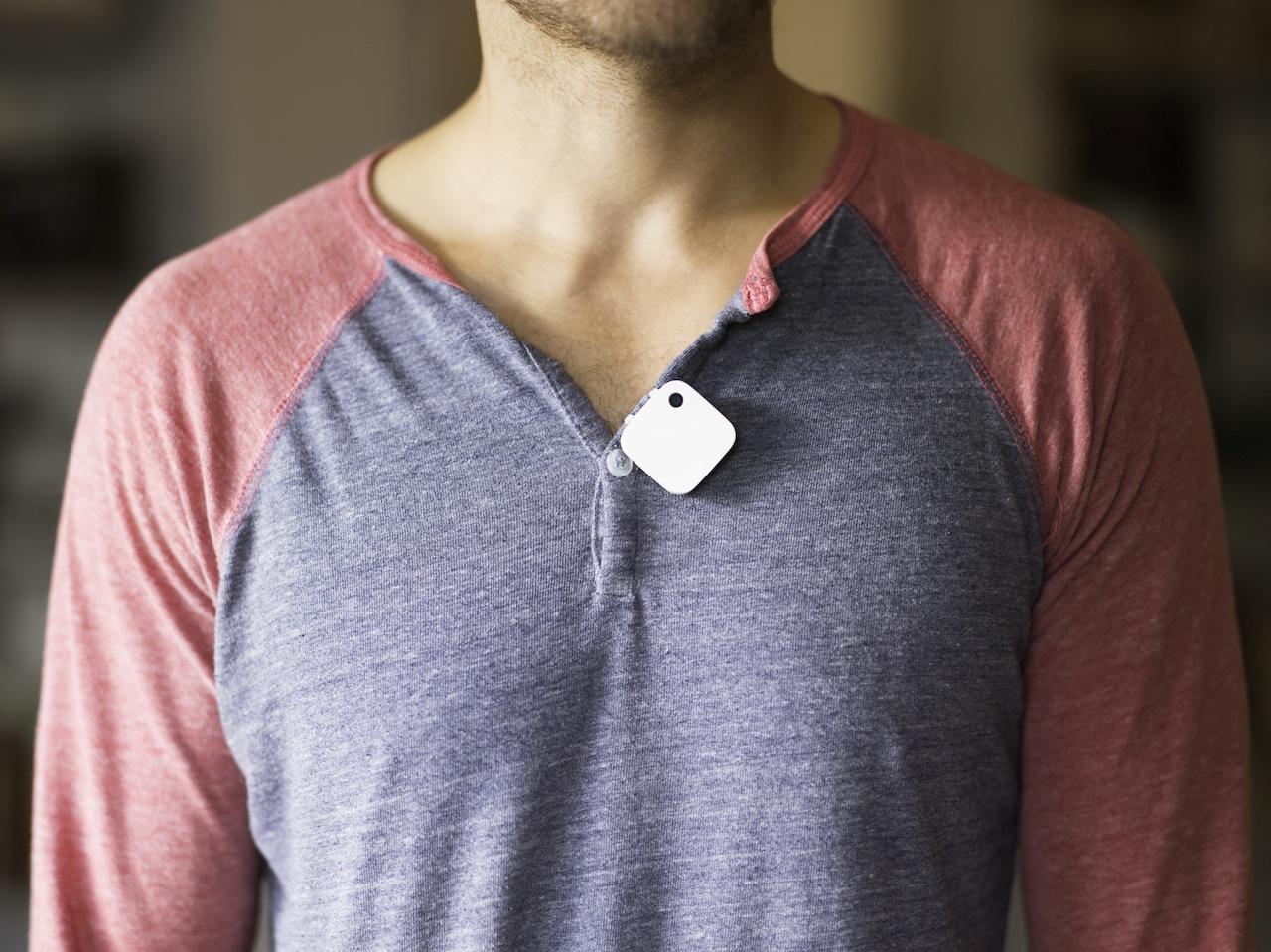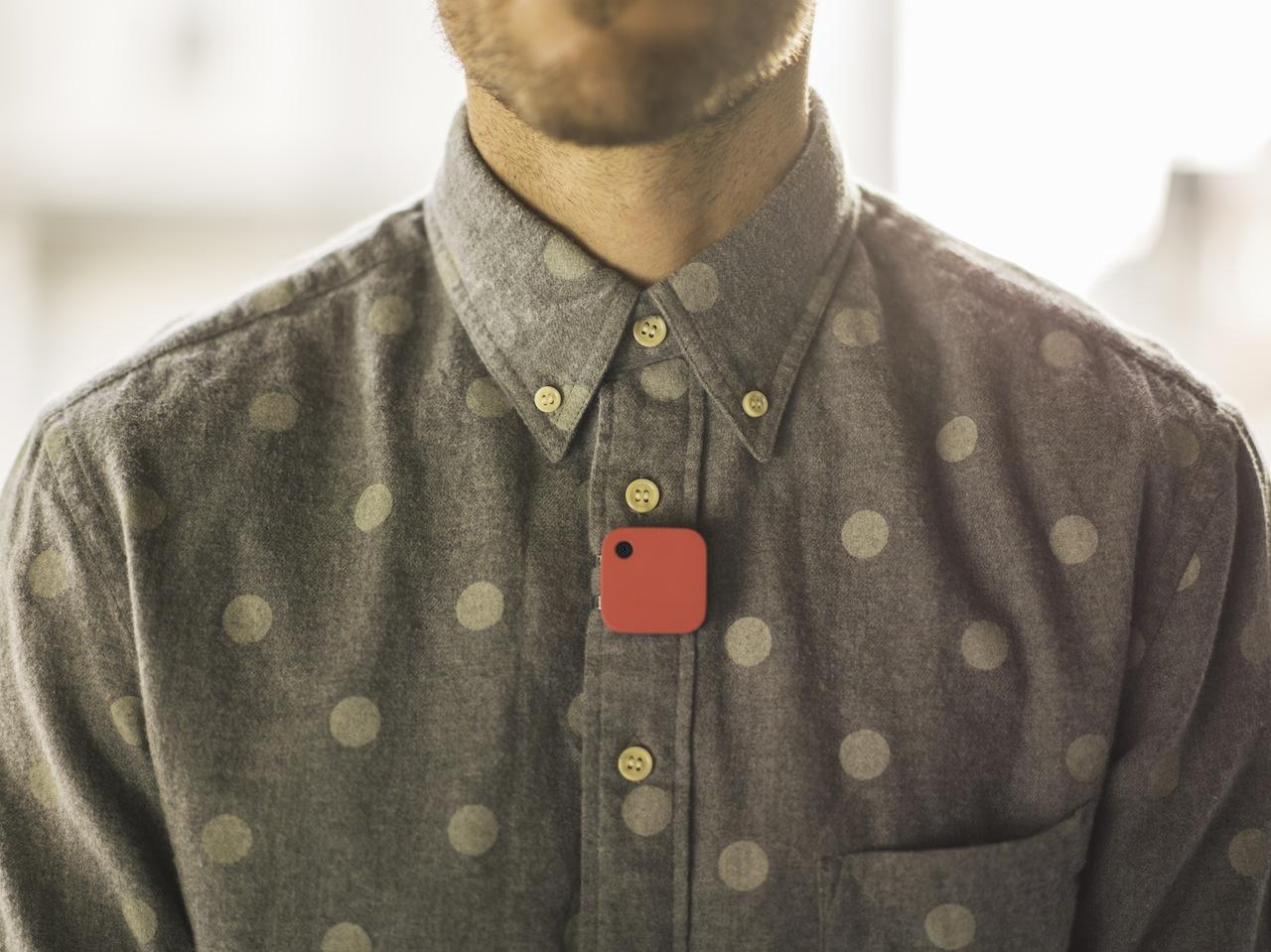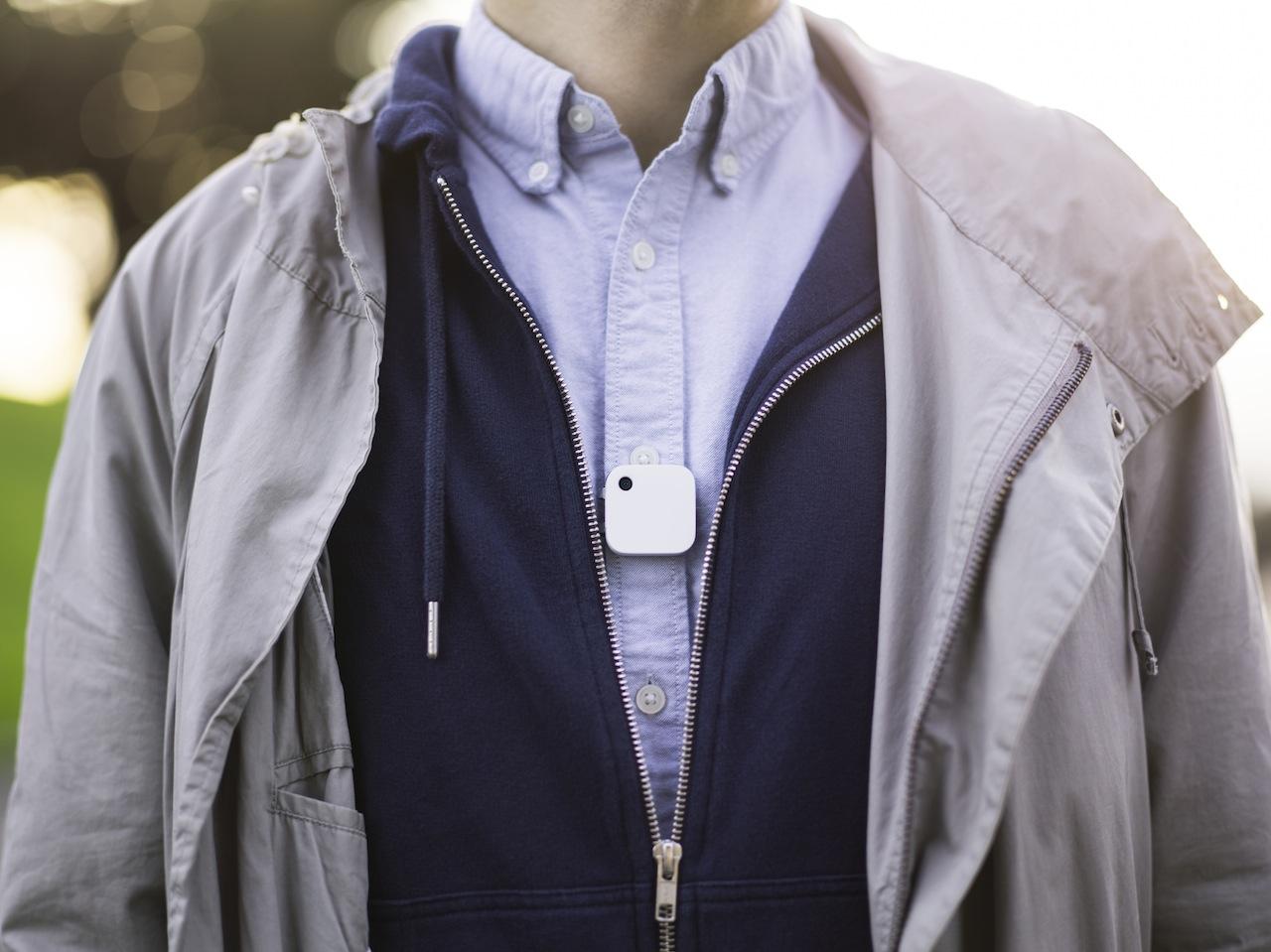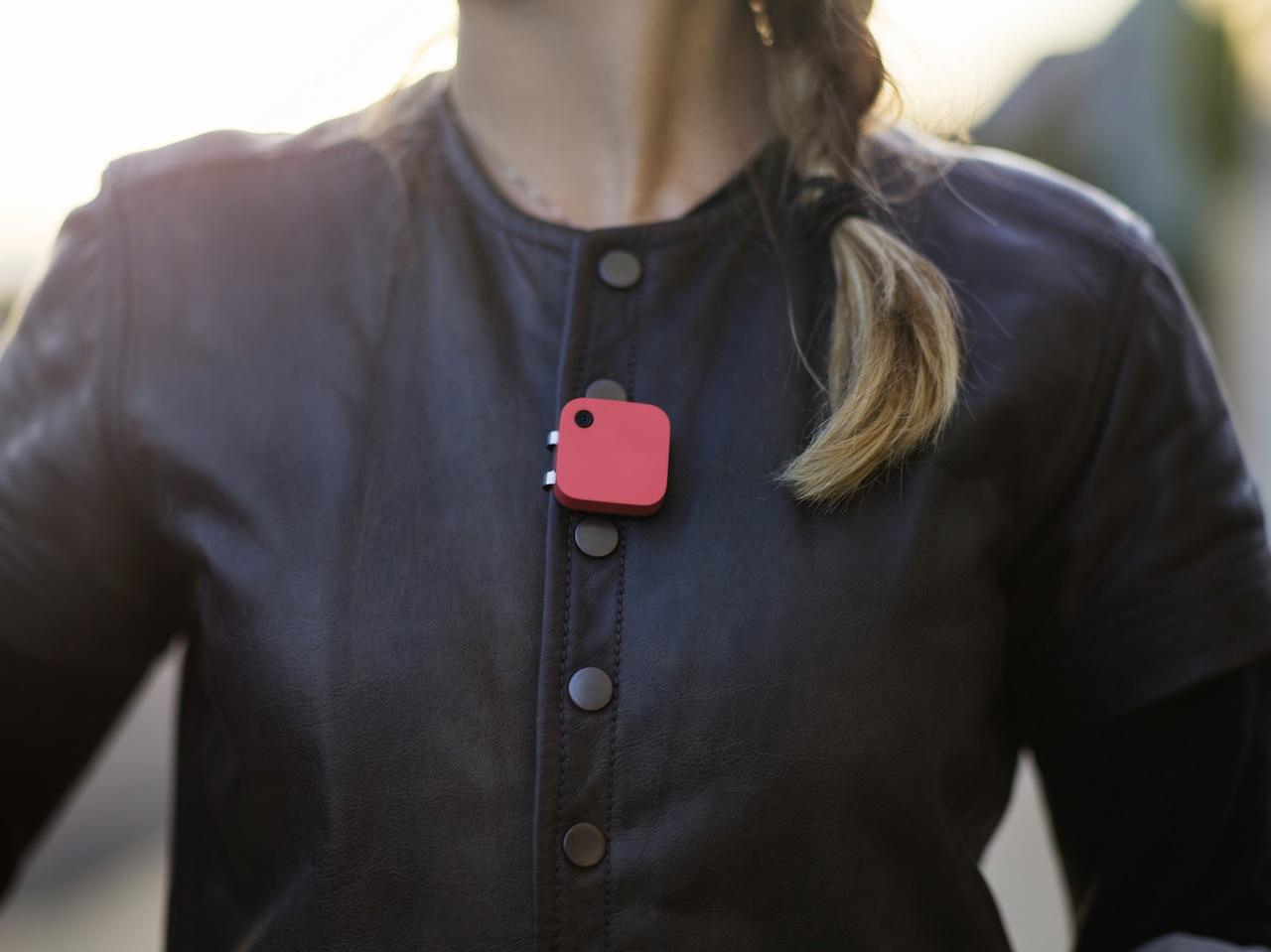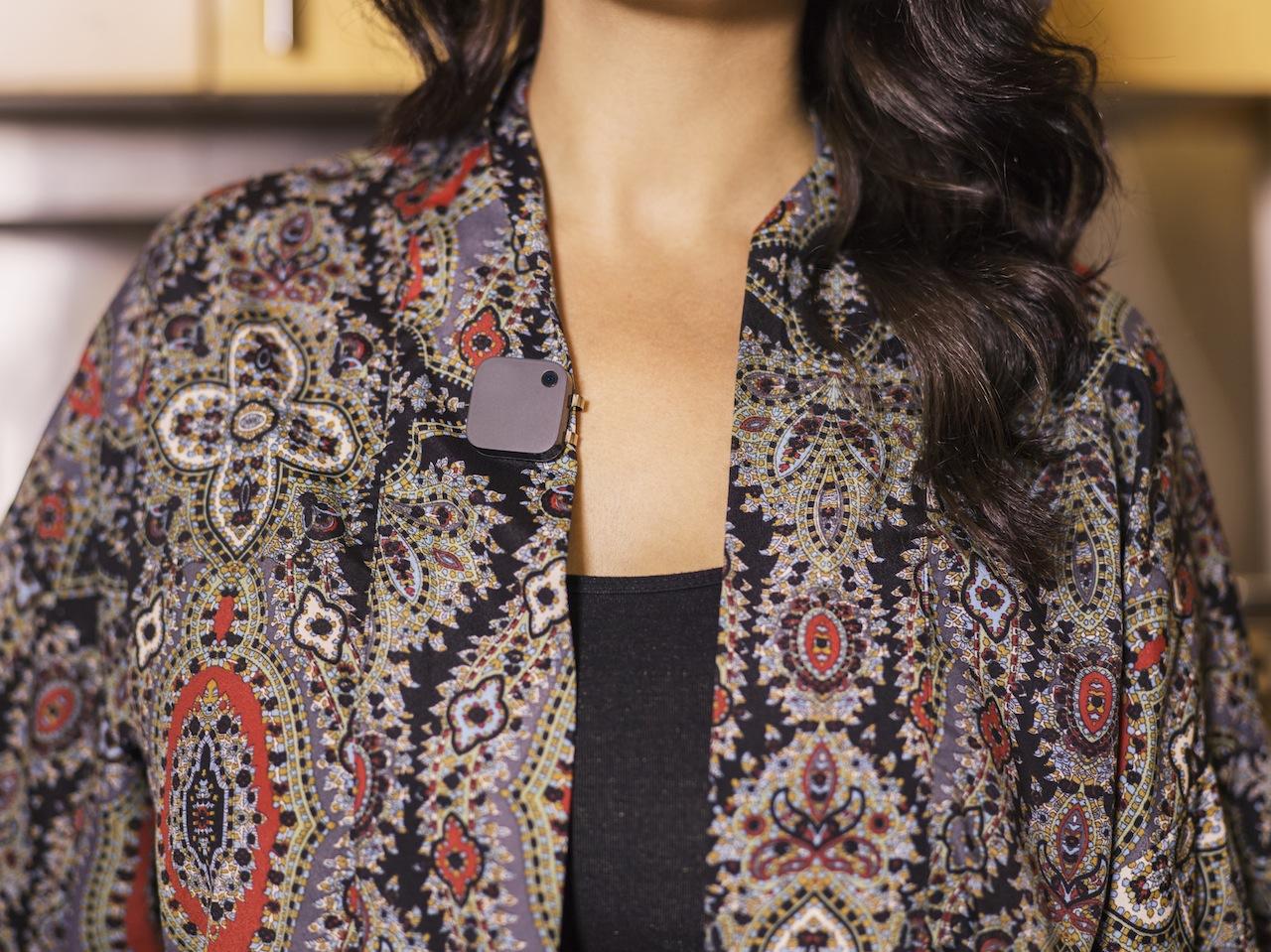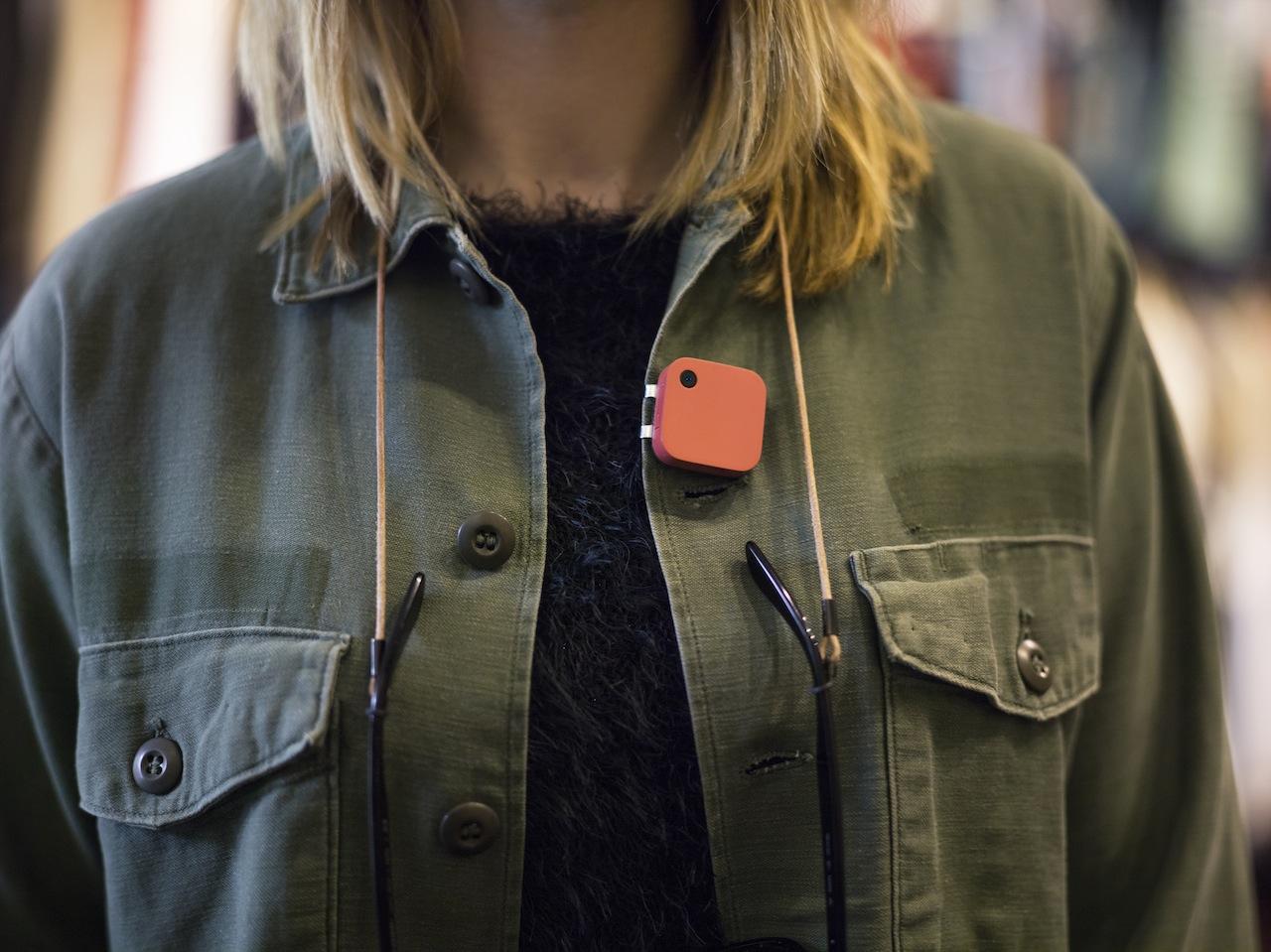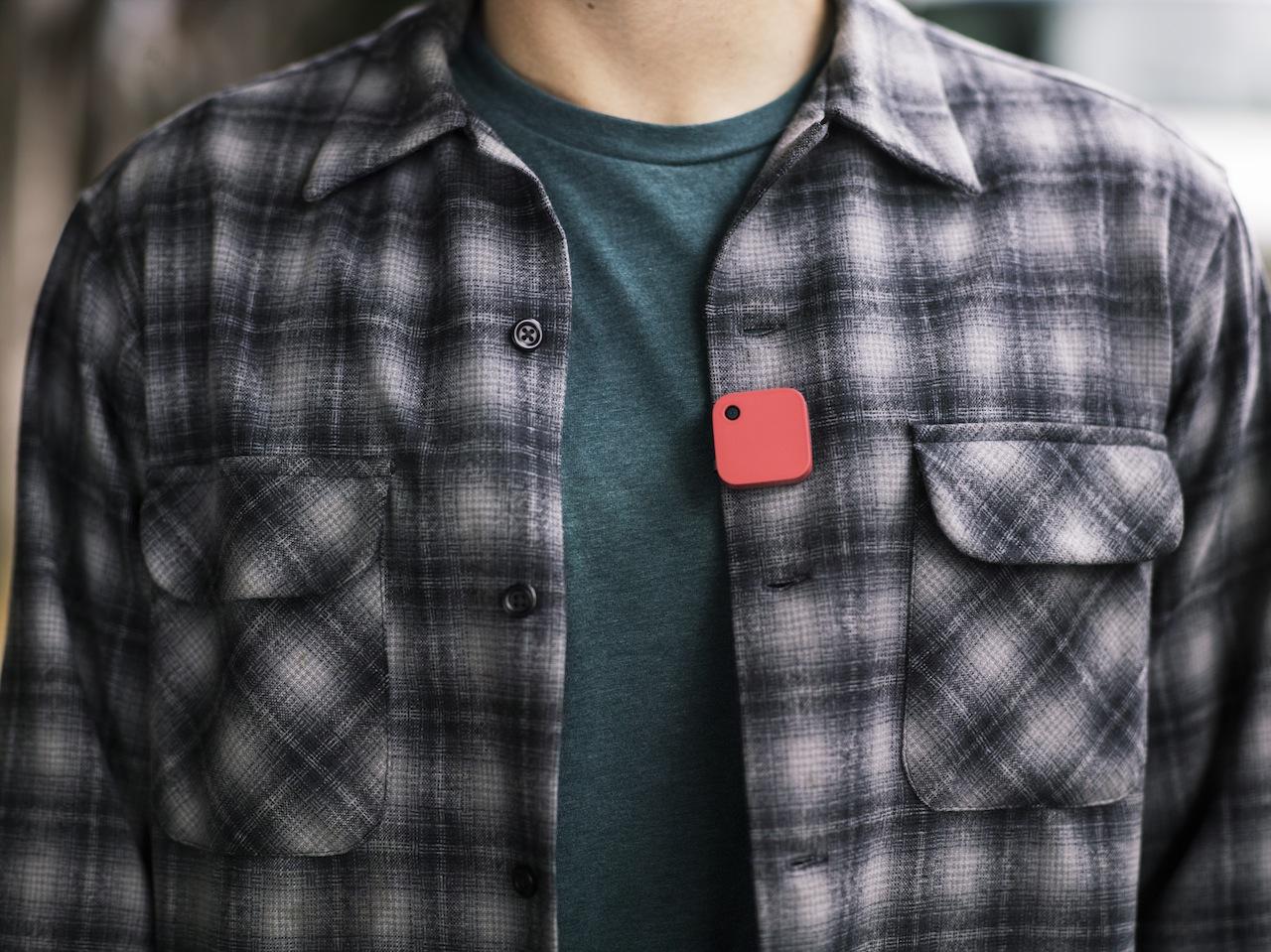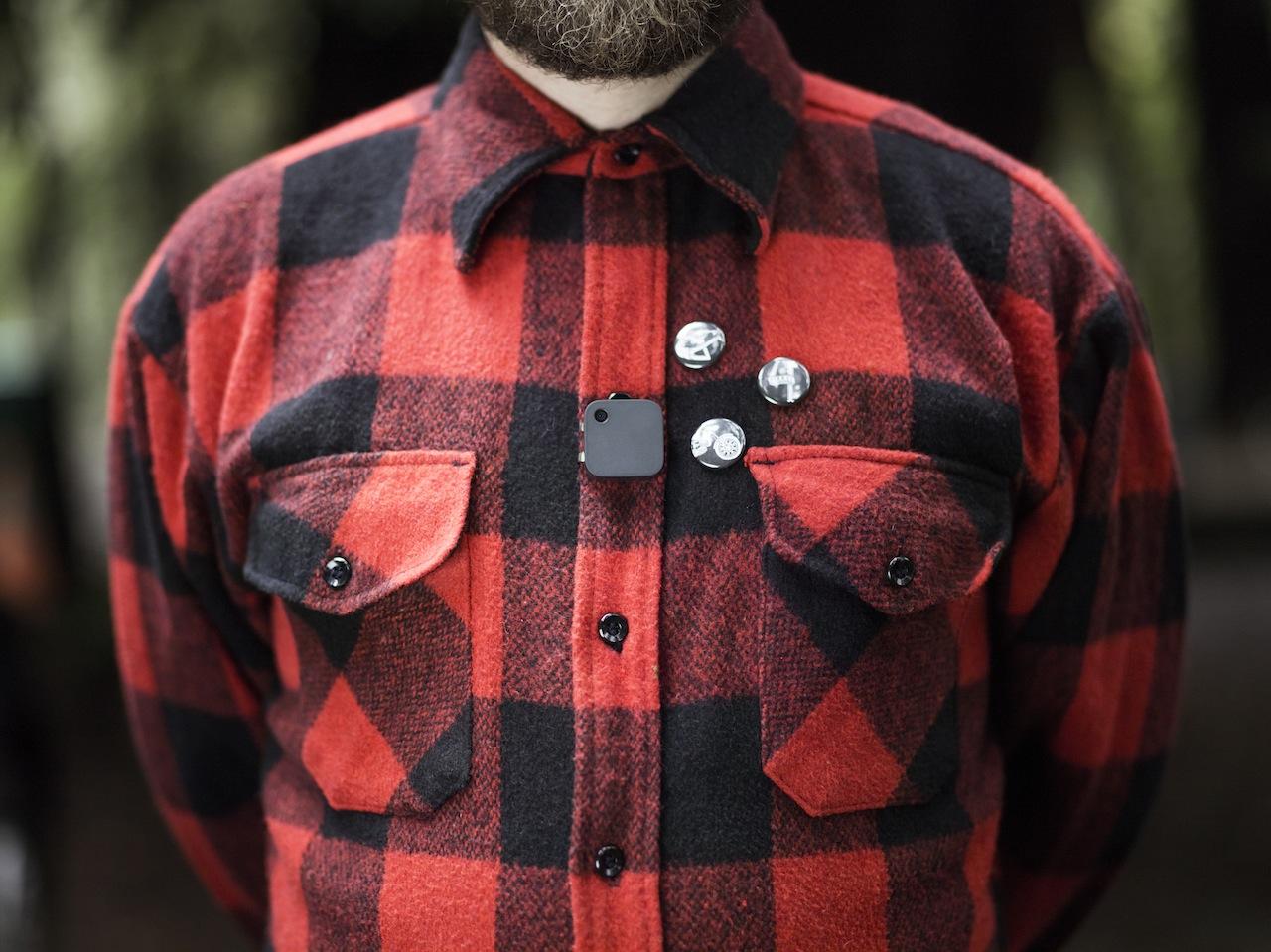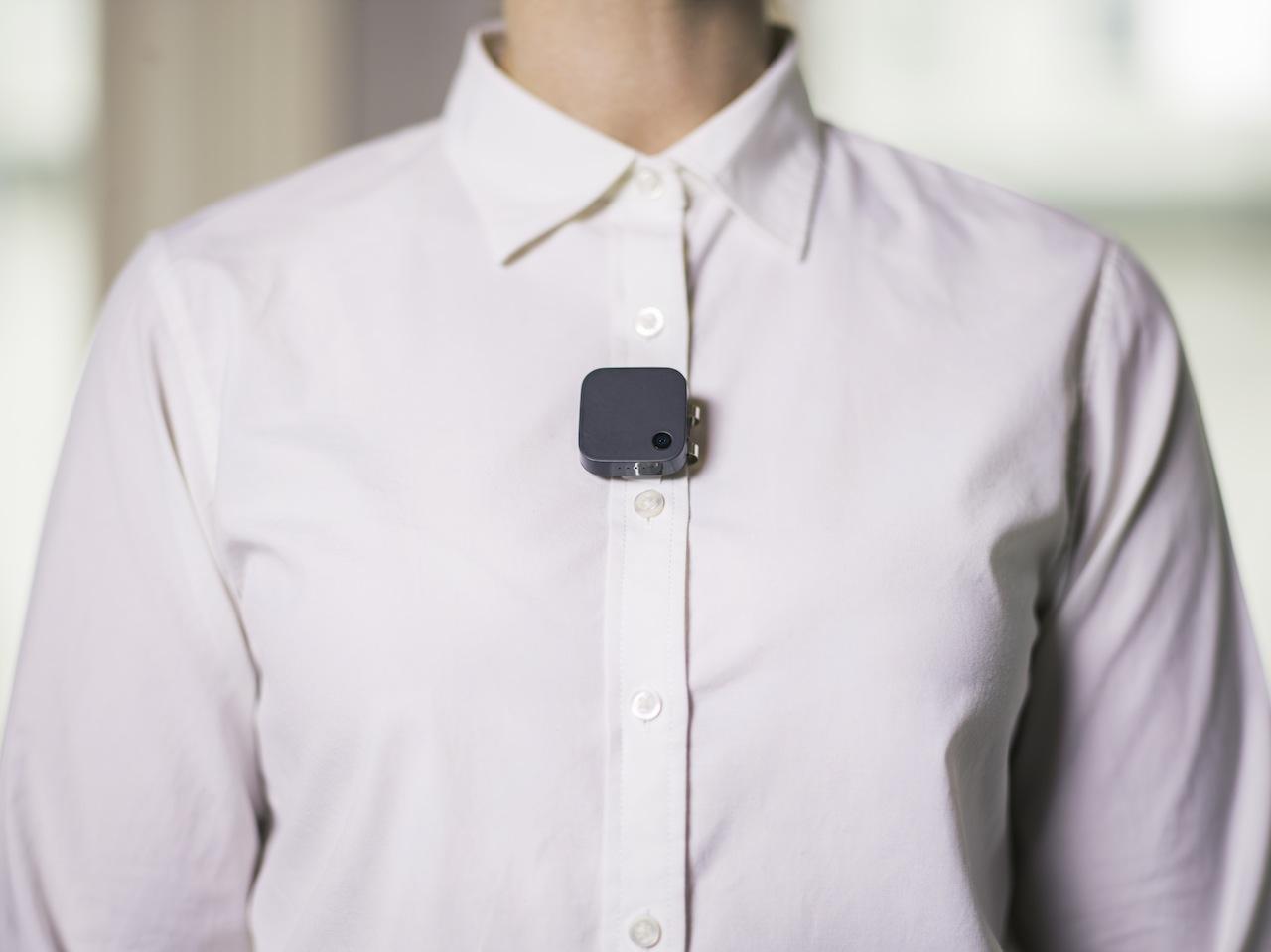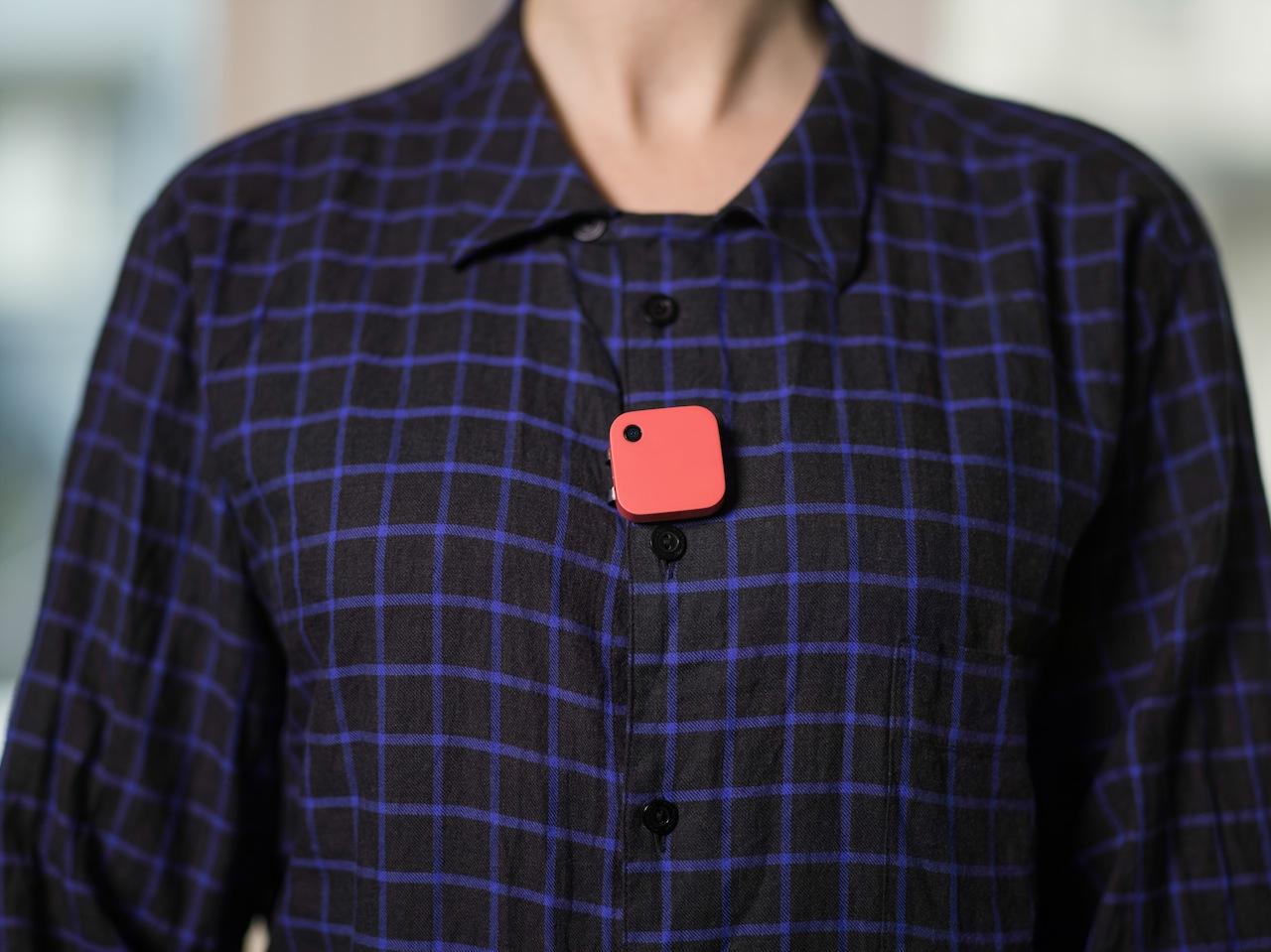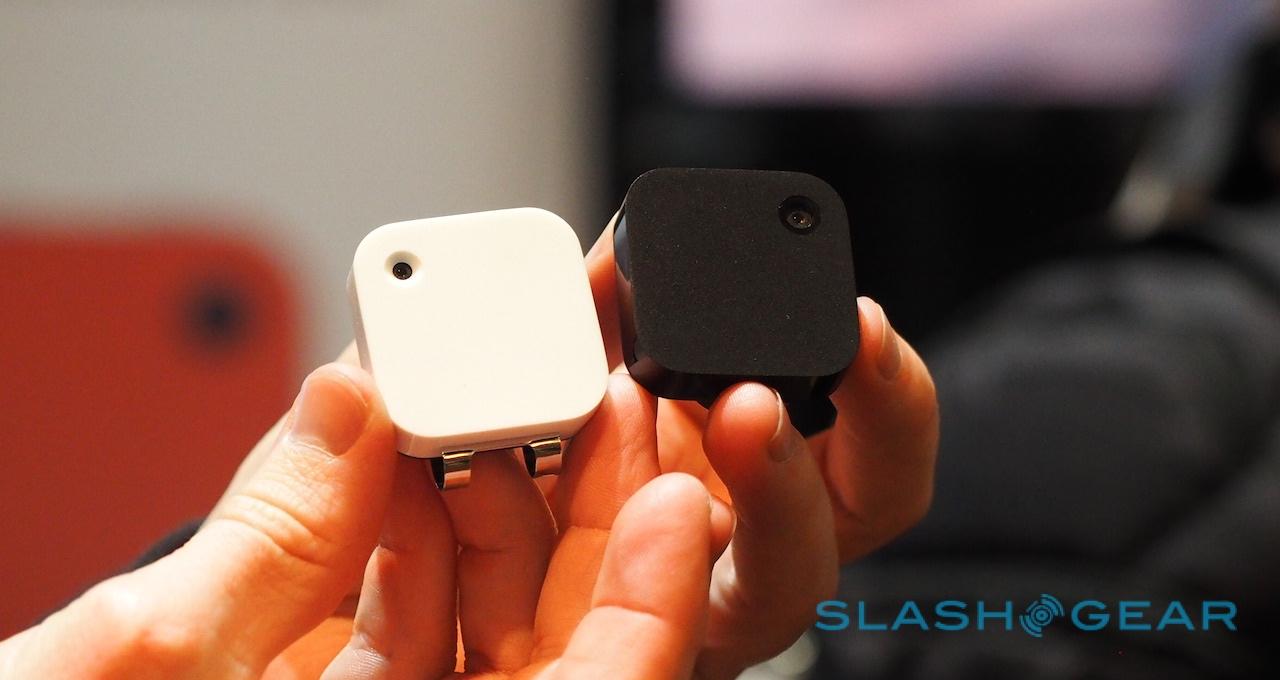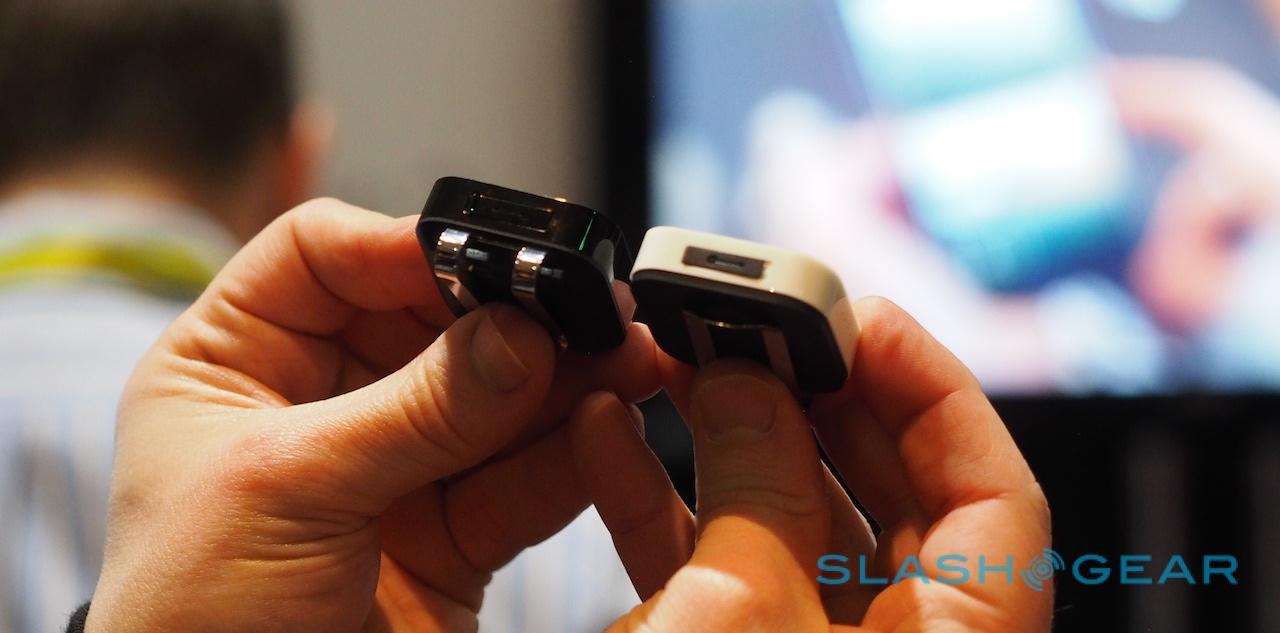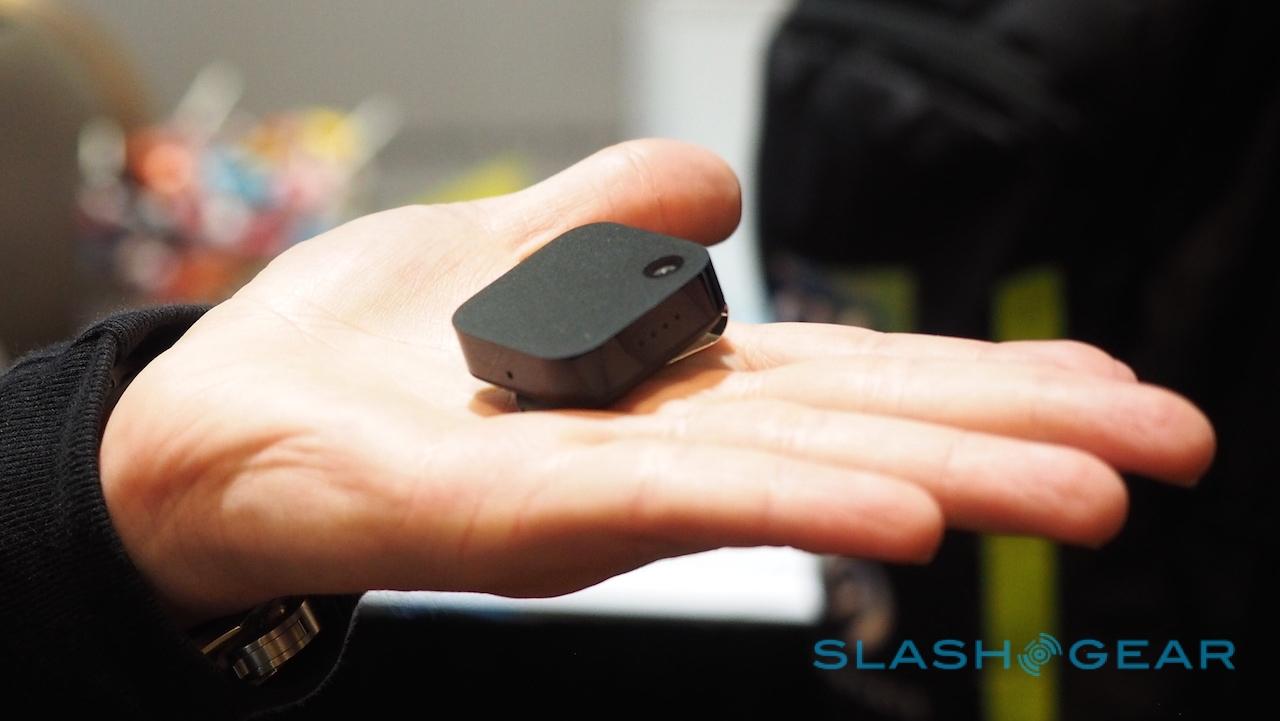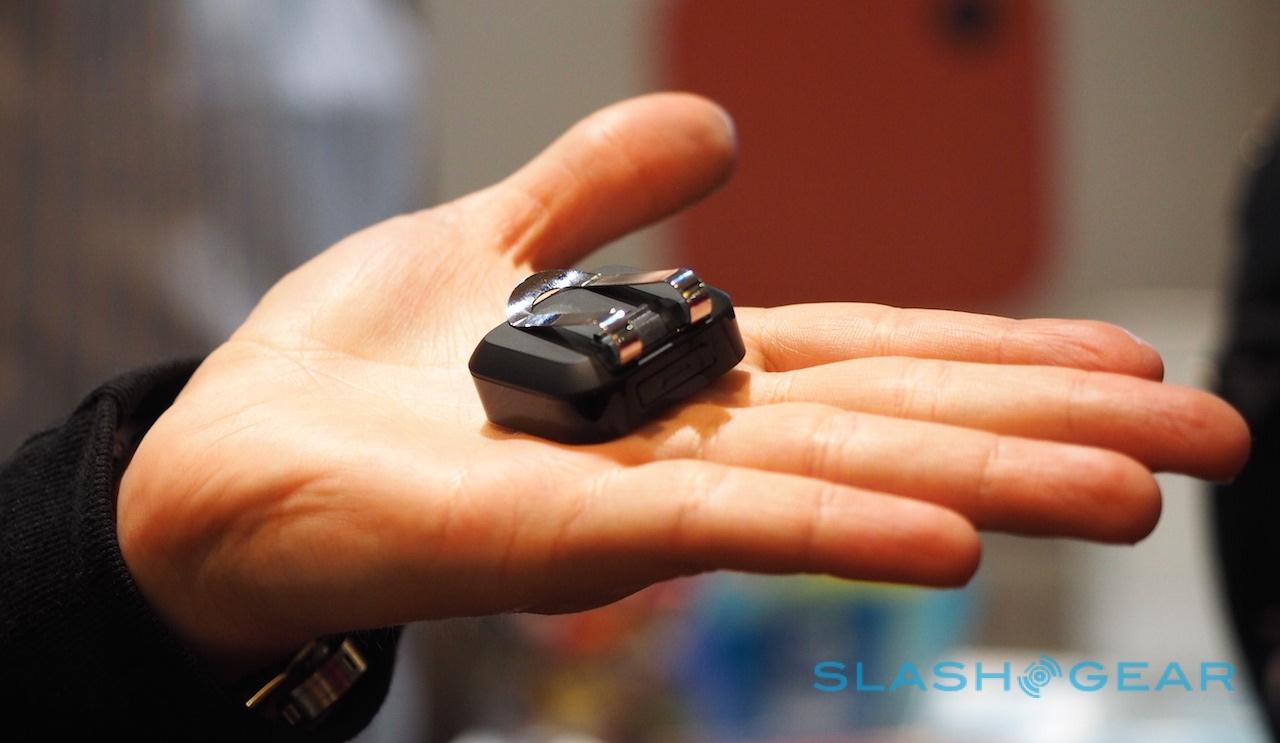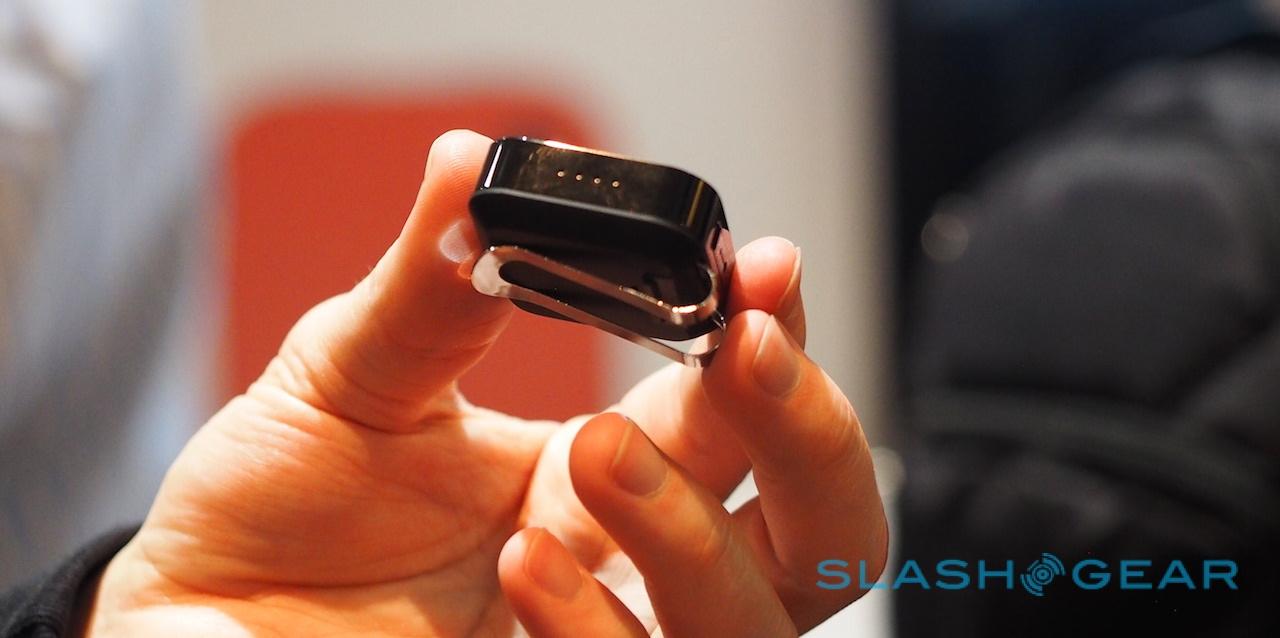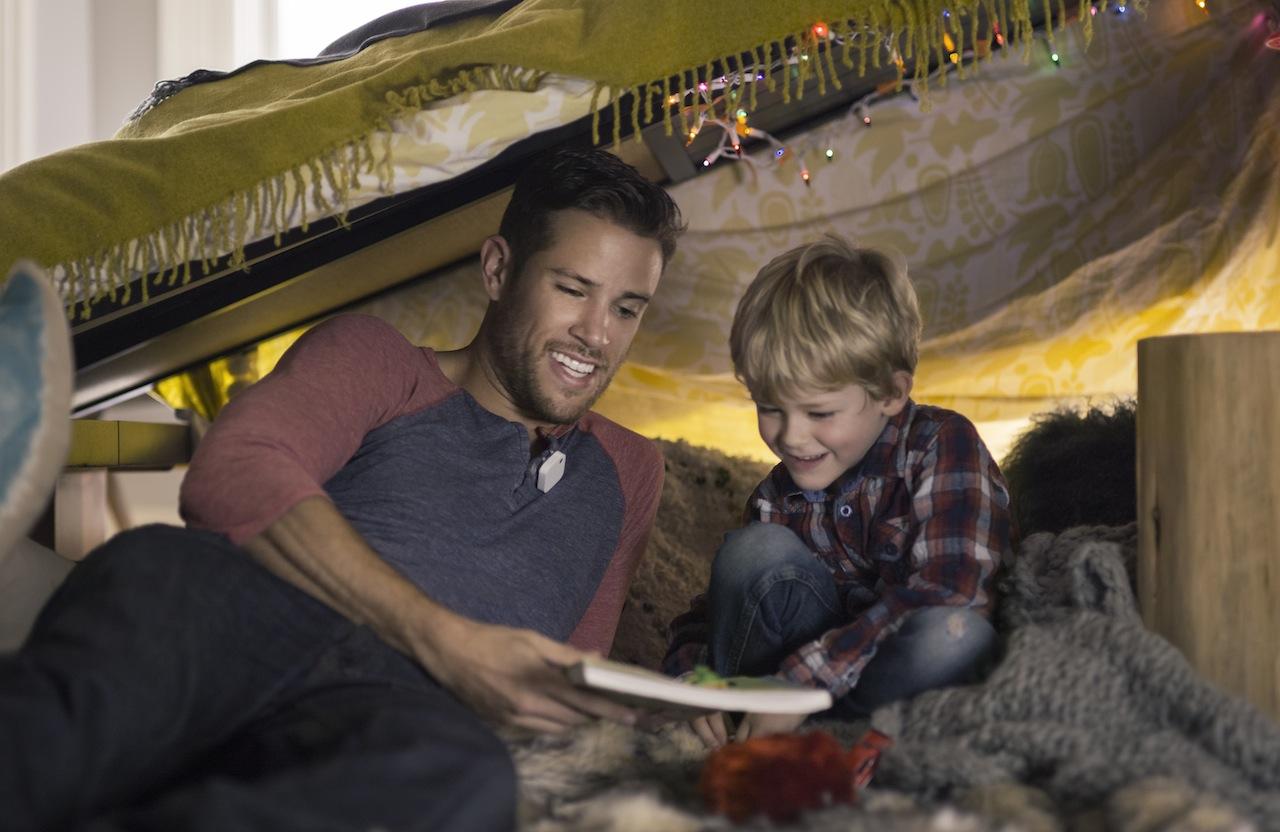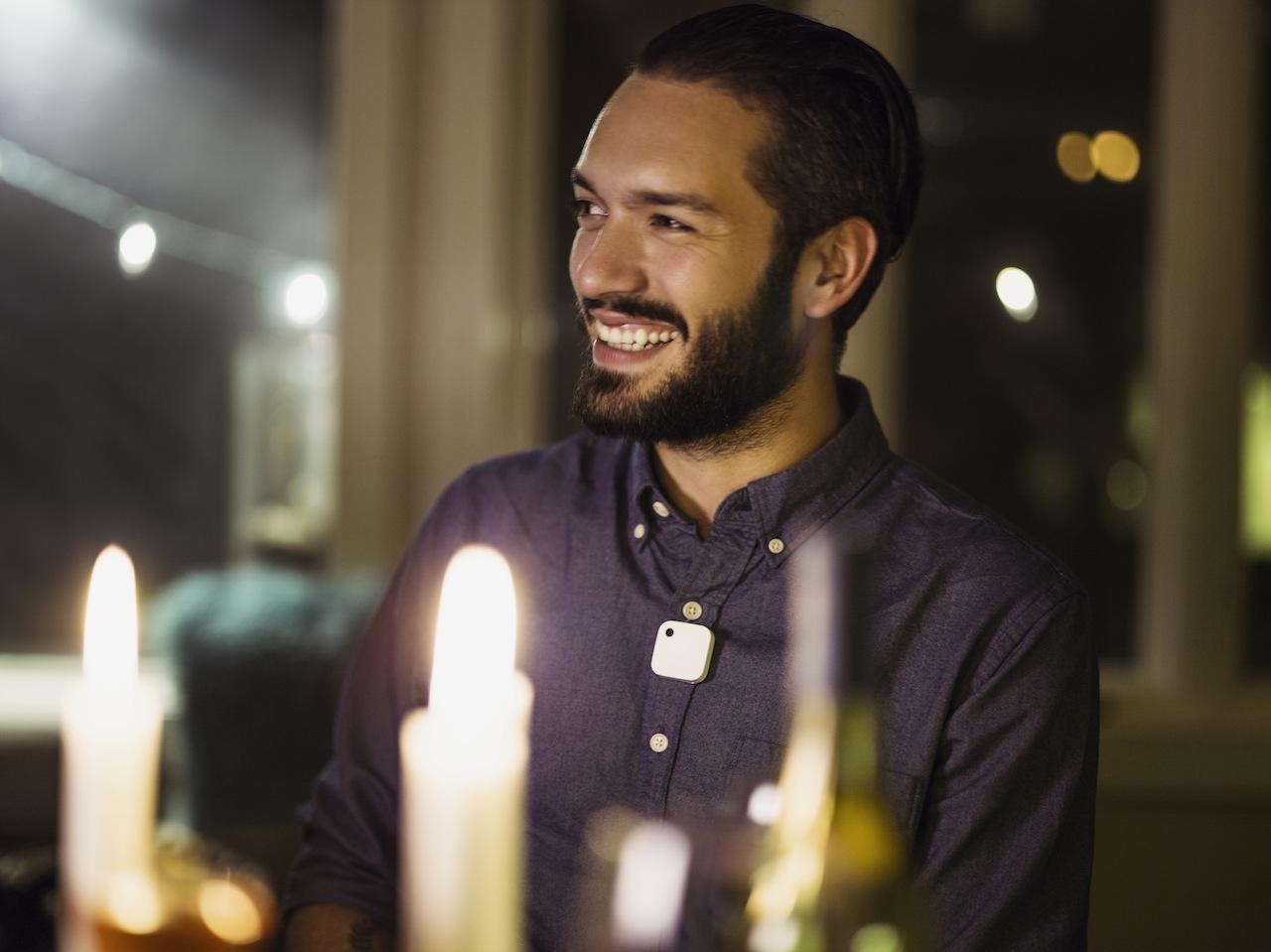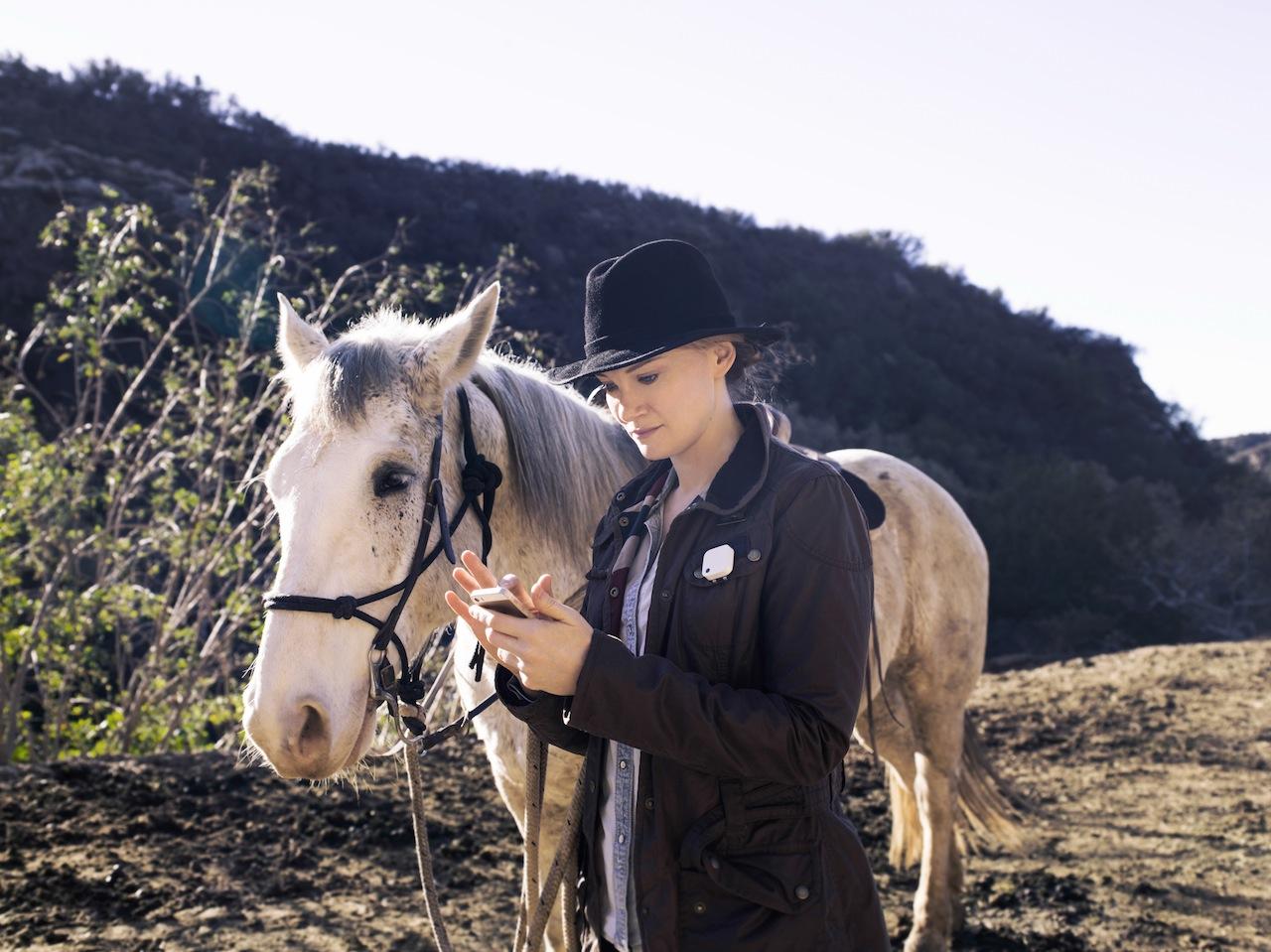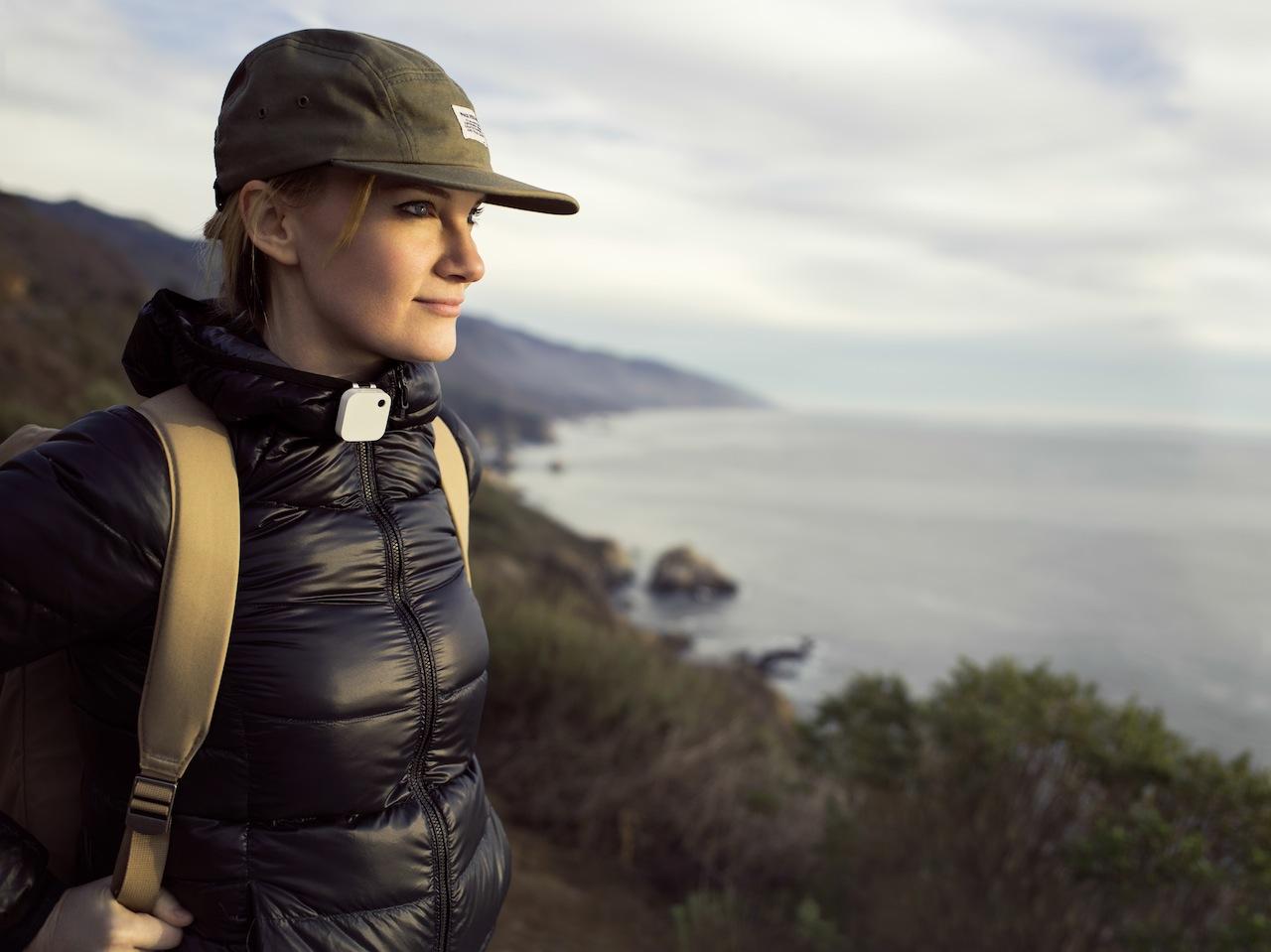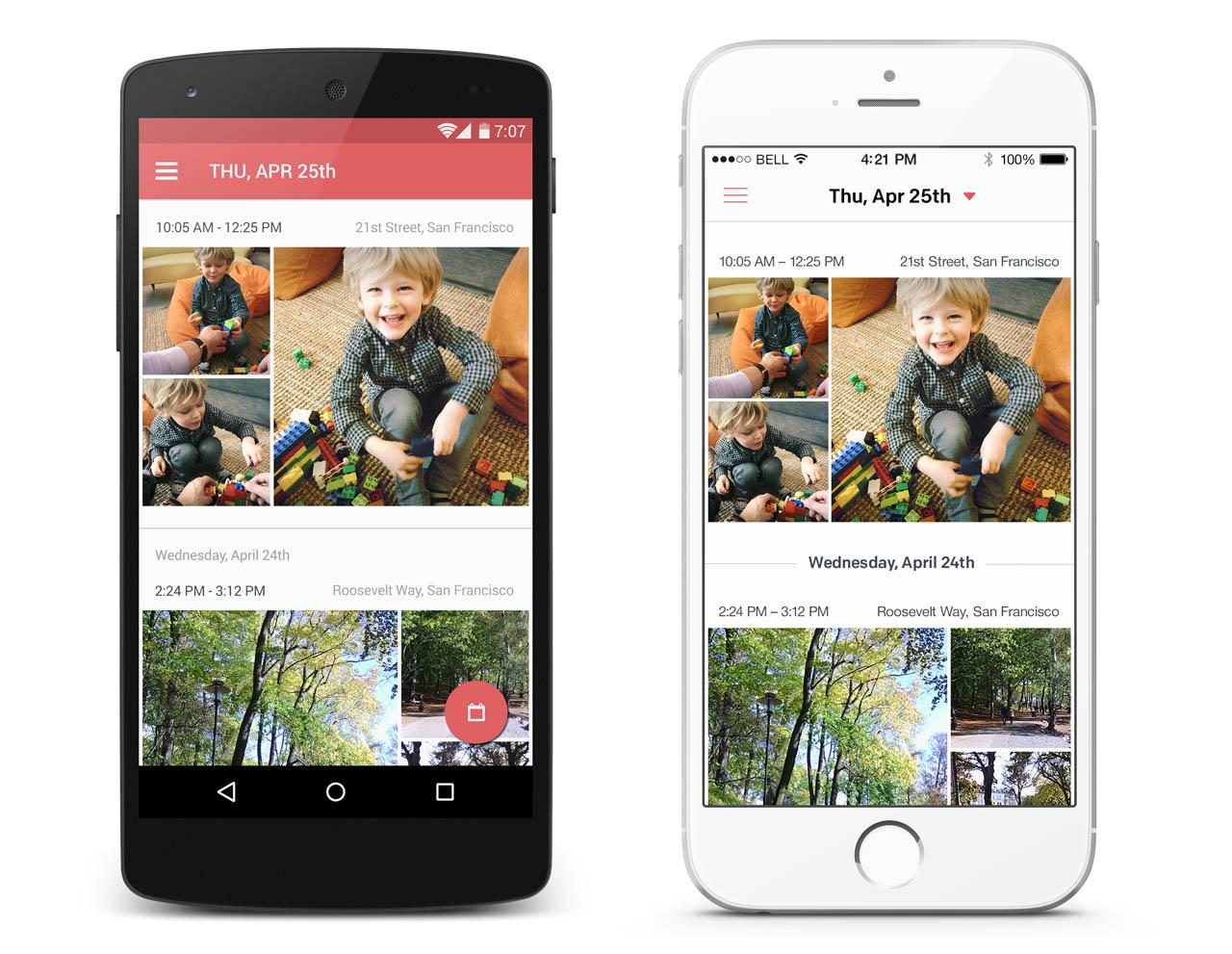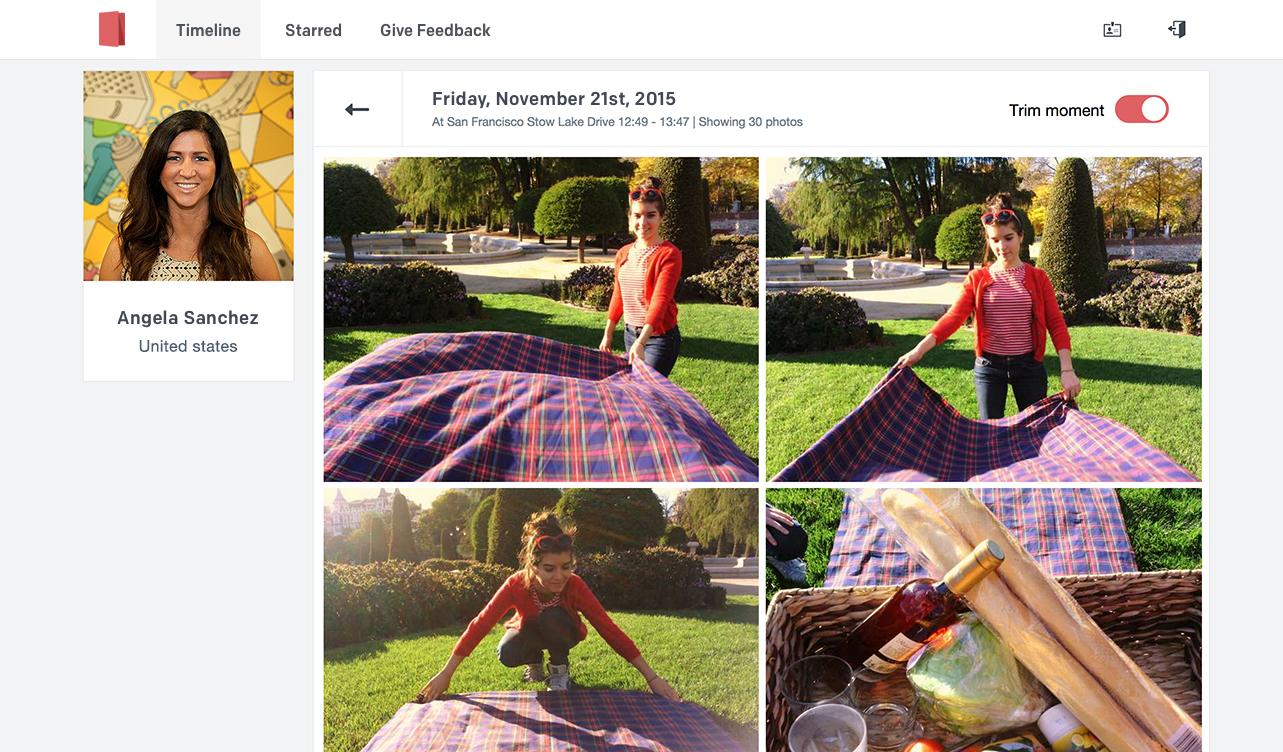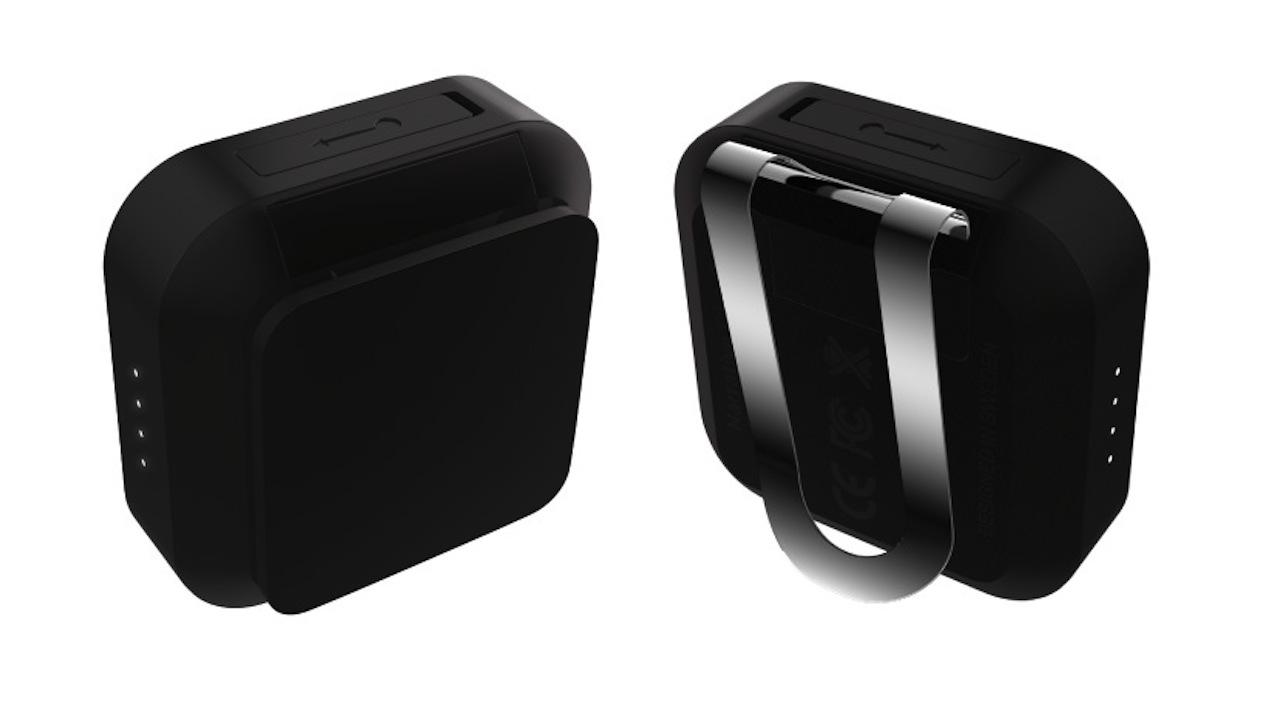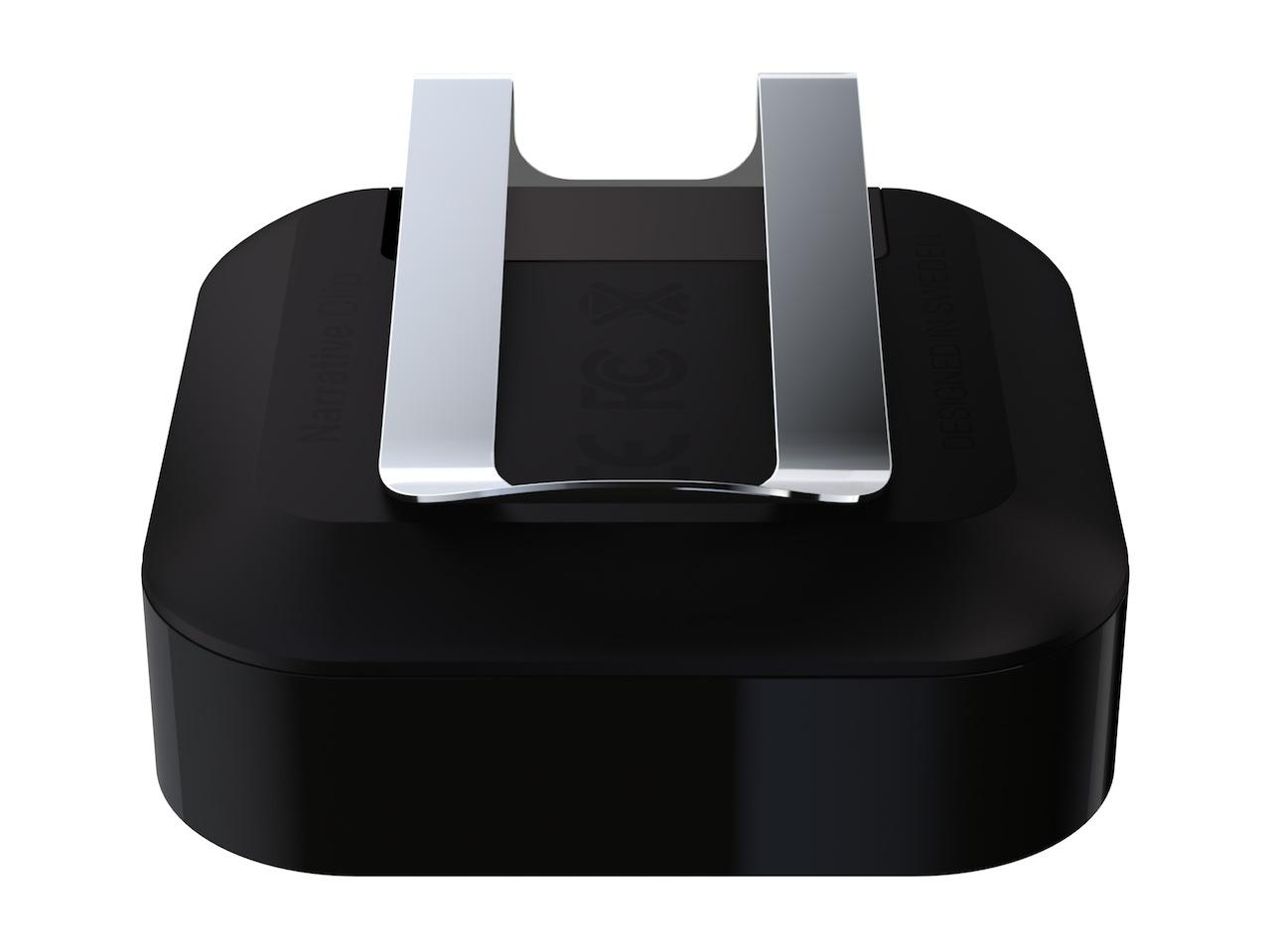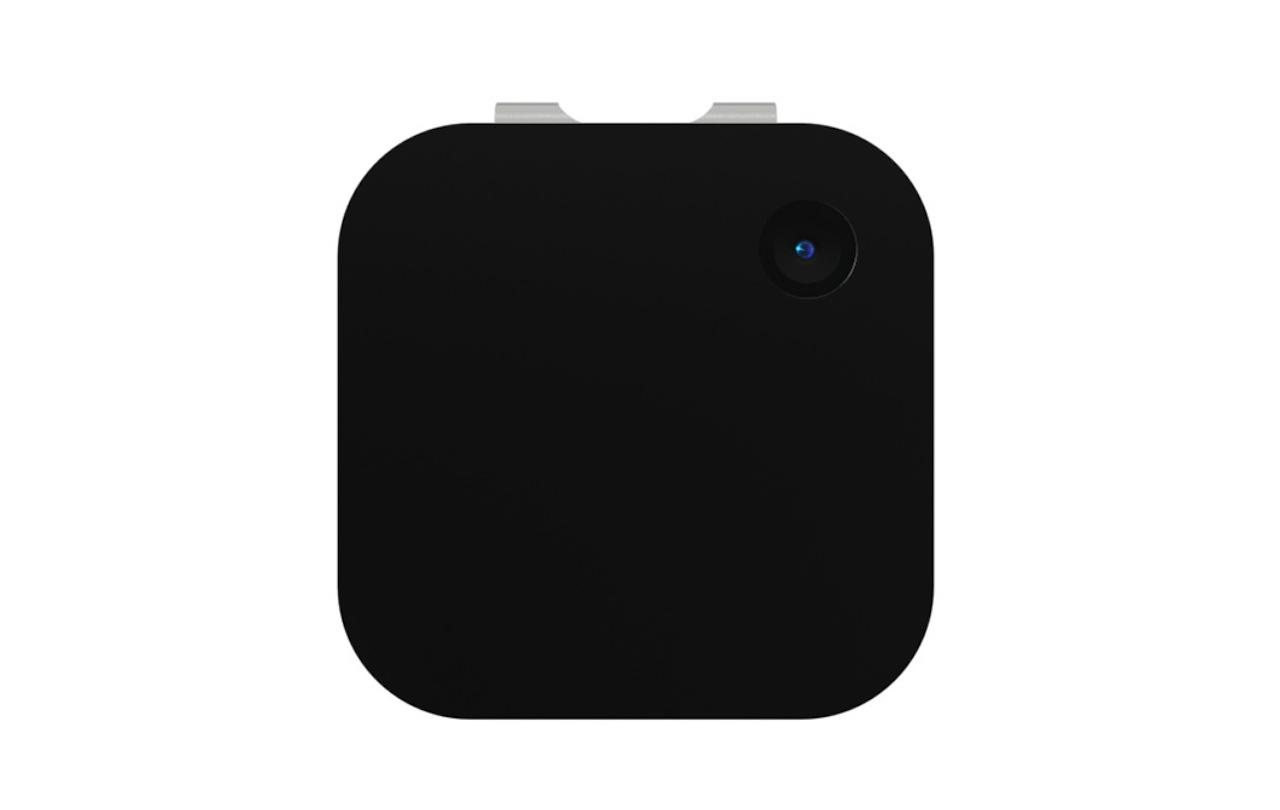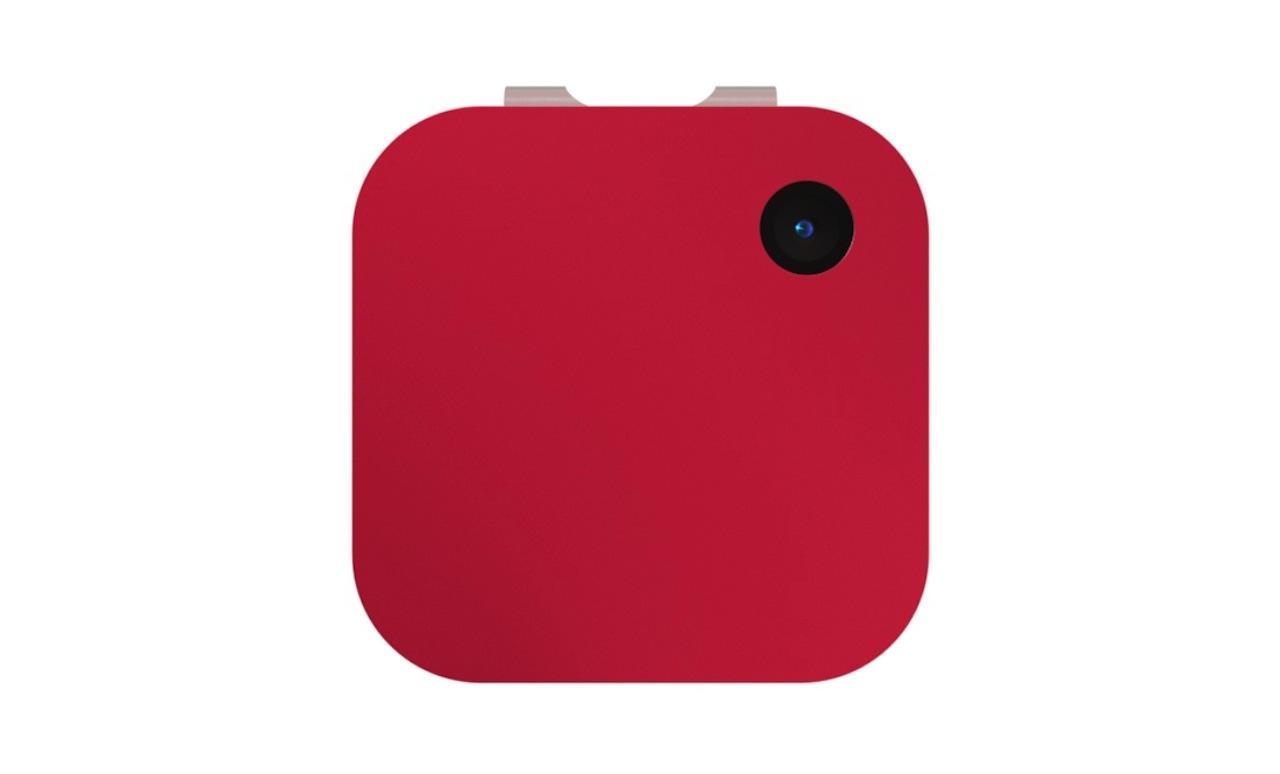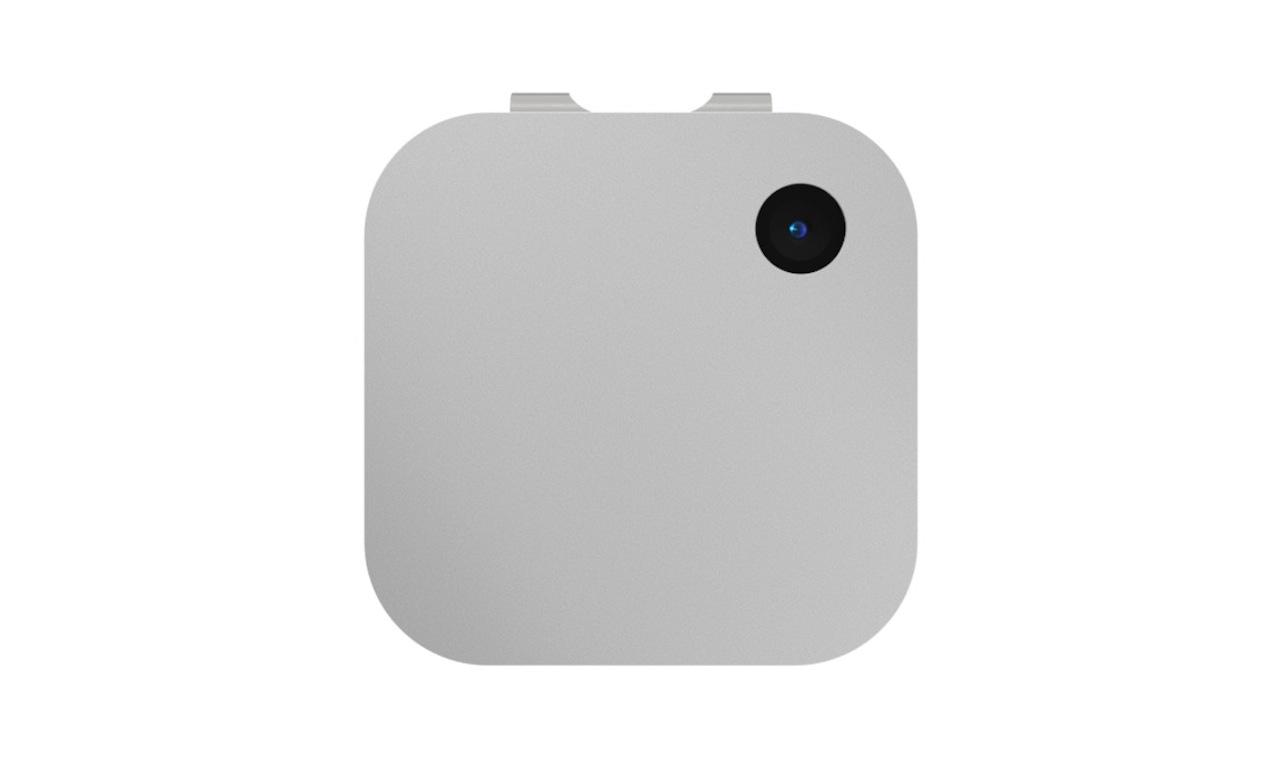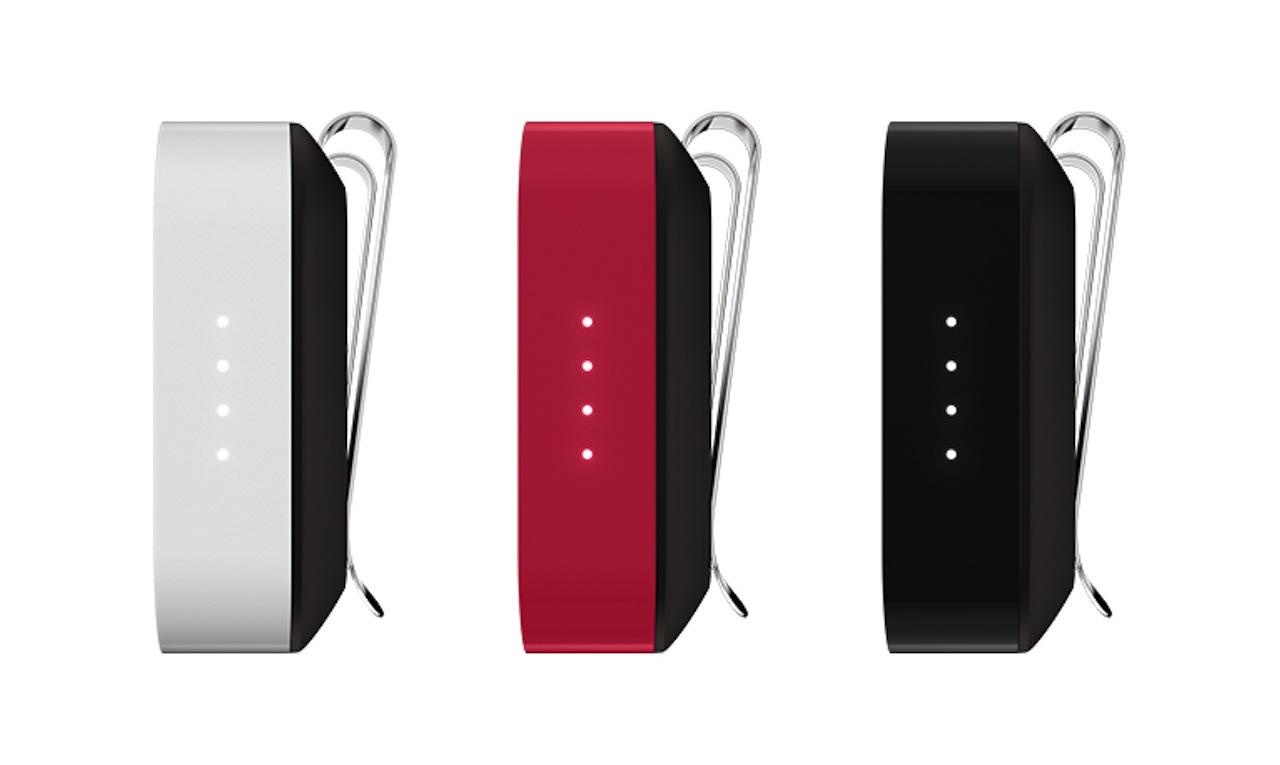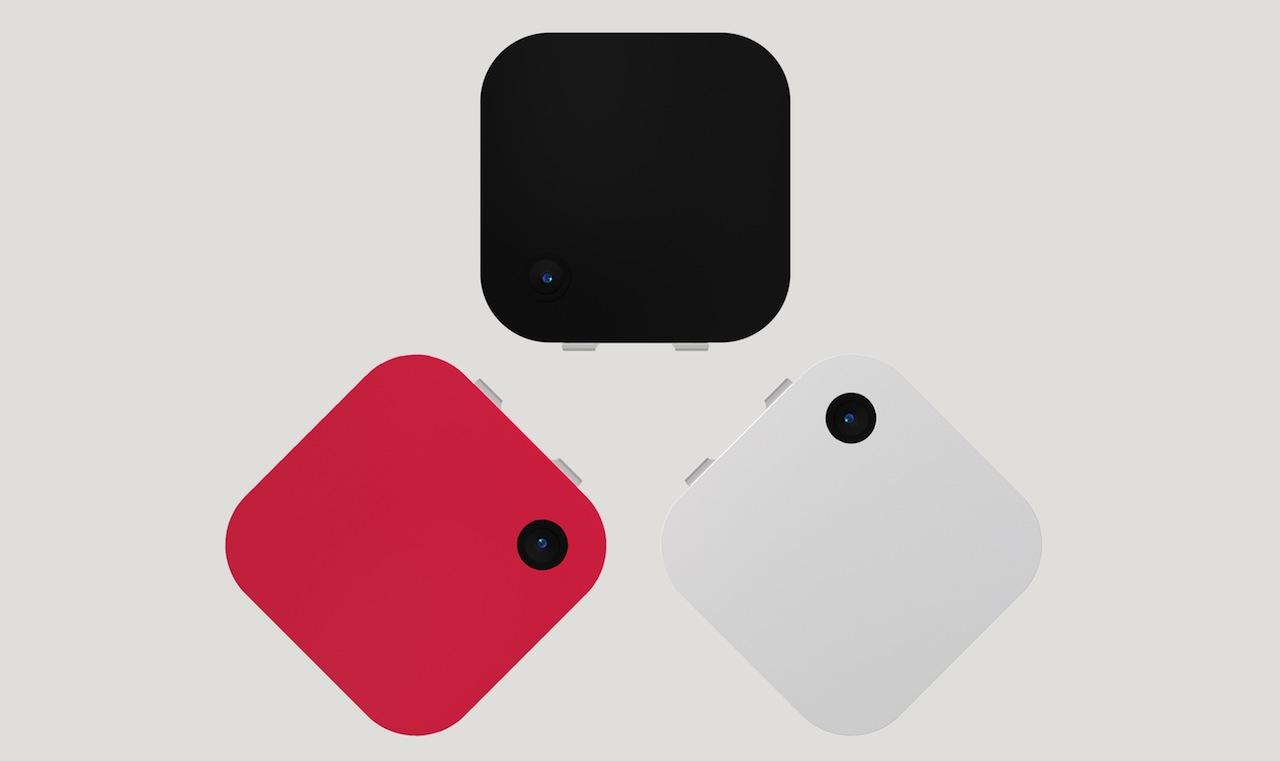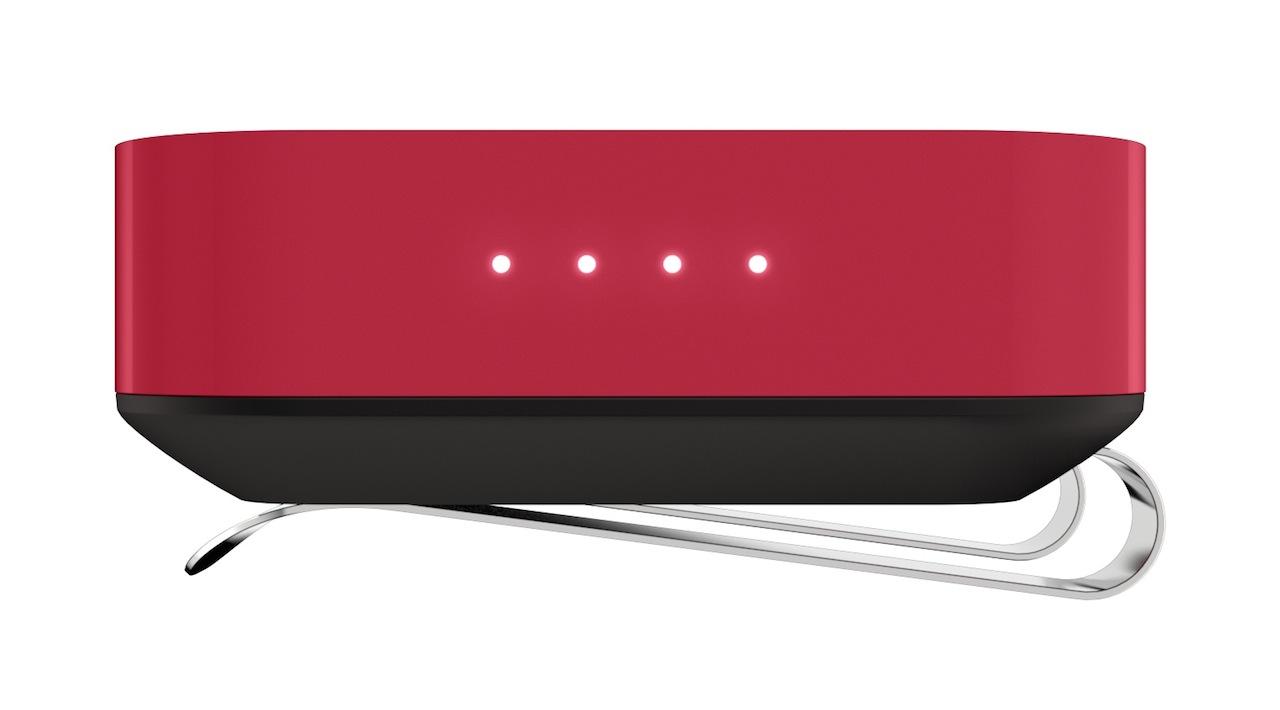Narrative Clip 2 gets WiFi, Bluetooth and 8MP upgrade
Times can be tough when you're trying to kickstart a new wearables segment, use crowdfunding to pay for it, and facing society's growing concerns around privacy, but Narrative and its Clip life-logging camera seem to be doing alright. Fresh to CES 2015, the Narrative Clip 2 keeps the core concept of snapping a photo every 30 seconds and highlighting the best for you, but gives hardware and software a comprehensive upgrade. So, the new Clip 2 has WiFi and Bluetooth where its predecessor had only USB, a modular back for more imaginative mounting, and – most importantly – an 8-megapixel sensor with better low-light performance. I sat down with CMO Oskar Kalmaru in Narrative's new San Francisco workspace to find out how a year of life-logging has shaped the new camera.
If you missed Narrative – née Memoto – the first time around, it was one of the earlier Kickstarter successes. Raising more than half a million dollars in late 2012, its wearable camera paired convenience and ubiquity with some server-side smarts, promising in the process to not only record your life but later remind you of the highlights.
The original Clip began shipping in January 2014, and back when I reviewed it I found it to be more interesting than the sum of its parts. That's not to say it was perfect, however.
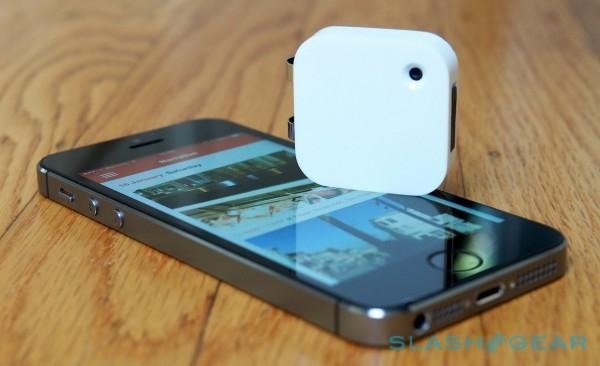
Clip 2 aims to address the shortcomings I observed, not to mention those flagged up to Narrative by other actual users. They're primarily made up of Kickstarter backers, though the Clip also ended up on sale at Best Buy and Amazon.
Kalmaru wouldn't tell me is quite how many Clip units there are out in the wild, but he did say the company has been more concerned about refinement than simply driving sales. "The focus in year one has been on value not volume," he explained, and a significant part of that is figuring out when owners actually wear the camera.
Turns out, while there's a small, hardcore cadre of life-loggers who clip on their Clip every day, most use it weekly or bi-weekly, Kalmaru says. They're using it to capture special events, whether that be a family vacation, a road-trip, or a birthday party.
Clip 2's changes have been made with all that in mind. It's slightly larger than before – still the same 36 x 36 mm square with rounded corners from the front, but now 12 mm thick rather than 9 mm – predominantly to accommodate a removable clip. Narrative intends for it to eventually be "the most wearable camera," Kalmaru suggested, with a line-up of mounts and brackets in the pipeline for those who don't necessarily want to hook it onto a lapel. Further down the line there'll be waterproof shells and even pet mounts, so that you can get a dog's-eye view of the world.
Narrative also plans to allow third-party companies in on the act, and will release the schematics for the backplate so that other, more unusual mounts can be designed. That should also go down well with those who have access to a 3D printer.
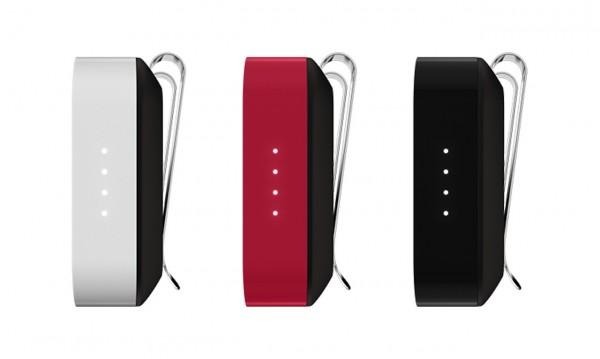
Since users weren't content with having to plug the Clip into their computer to upload the captured images to the cloud, alongside the USB port there's now WiFi and Bluetooth. Clip 2 can sync with the cloud without having a computer in-between – though, since WiFi is pretty battery intensive, you'll still need to have it plugged into a power supply – while the Bluetooth will allow real-time settings tweaks through the iOS and Android apps, as well as remotely controlling the camera and instantly checking out the latest shots captured.
Picture quality, too, has improved in the second generation. Whereas the original Clip has a 5-megapixel sensor, the Clip 2 steps up to an 8-megapixel sensor. It's paired with a wider-angle lens, 86-degrees (just this side of fish-eye, since Narrative didn't want oddly skewed shots) versus 68 degrees, so that there's more chance of getting something interesting in the frame, and low-light performance has been boosted so that nighttime or party shots aren't simply murky pools of grays.
Internal storage has been upgraded to 8GB – still enough for around two full days of photos – and the battery is three-times larger too. Narrative is quoting 30 hours of solid runtime from a full charge, though exact timing will depend on how much you use the wireless connectivity and the new integrated GPS, which geotags each shot.
On the app side, Narrative has been pushing out updates over the past few months, and there's now a browser-based viewer for the desktop and tablets. You get more thumbnail previews per "Moment" now – three, rather than the original one, so there's more chance of recognizing it at first glance – and the image analysis team has grown 300-percent, improving the speed at which processing which pictures are surfaced and which are discarded takes place, as well as the accuracy.
As of today, there's a new social layer to the Narrative app, too. A Public Moments timeline shows recent shared images – they're set to private by default, but you can optionally make them visible to others – and Moments can now be captioned and "Liked".
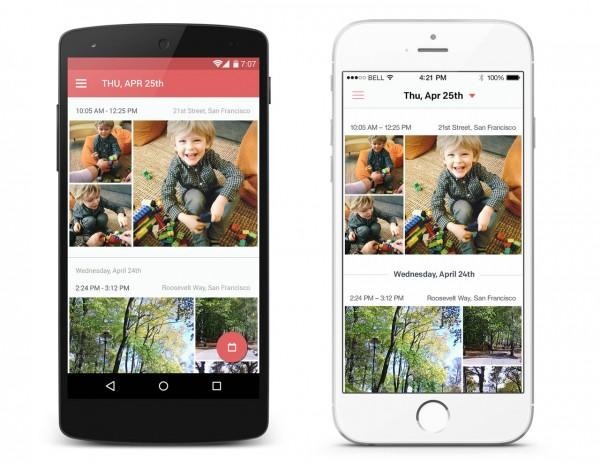
It's pretty rudimentary, to begin with at least. There's no way to filter what you see; it's effectively organized with the most recently shared shots at the top of the list. Similarly, at launch there's no facility to follow certain people: you just have to hope you come across their photos as you happen to scroll.
Narrative's ambitions do go beyond that, though, with Kalmaru describing the system as the "Latergram" counterpart to Instagram: something you use to look back and reflect, rather than share what's happening immediately. The idea of integration with third-party services – such as pulling your recent activity data from a wearable like a Jawbone Up, perhaps – is still on the cards, too, with Kalmaru saying the public APIs are expected to go live sometime this year.
There are changes to the storage side of things as well. Originally, Narrative gave a year's cloud storage with each camera purchase, and then planned to charge after that. Now, the idea is to switch to a freemium/premium scheme, Kalmaru explained, where users will get sufficient space "to have an idea of what the value could be" of a wearable camera, while more than that will come at a price. Exact pricing is yet to be decided.
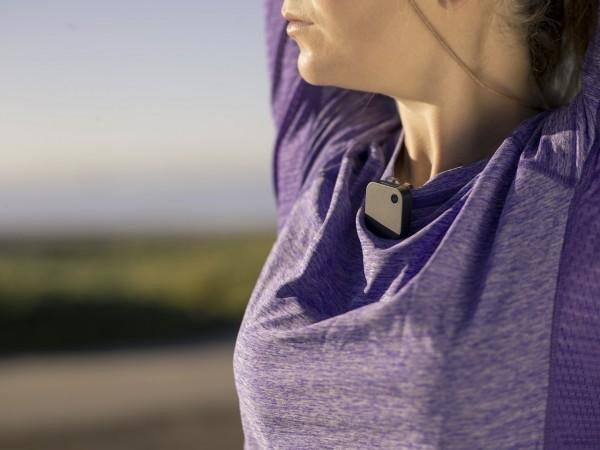
There'll also be a "karma" system for earning discounts, with the most immediate result being that original buyers of the Clip will get a price cut (its value also undecided) on upgrading to the Clip 2. Unfortunately there's no way to register two active cameras to a single account, so you can't have a dual-perspective Moment, but recent firmware updates did make it easier to re-register a Clip to another person if you'd like to gift it instead.
As I found wearing the first Clip, life-logging is still in its infancy. There are still plenty of people who find the idea creepy, and probably even more who aren't convinced that there's any value to be had in sporting a wearable camera.
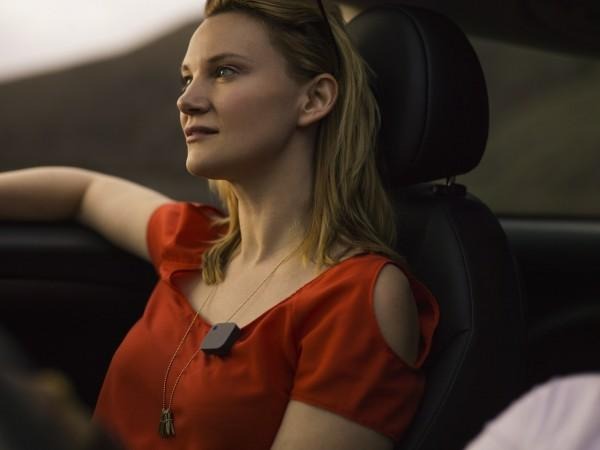
The improvement in immediacy the wireless connectivity in the Clip 2 should allow will, ironically, most likely be of use to demonstrate that value to doubters: more than once I was asked "oh, can I see the photo you just took of me?" and had to explain that, first, I'd need to plug the camera into my computer, wait for it to synchronize and the cloud to do its computation, and then for the results to show up in the app. Hardly the best elevator pitch.
The Narrative Clip 2 goes on sale this year – Kalmaru refused to be drawn on anything more specific – priced at $199 in a choice of Piano Black, Arctic White, or Narrative Red. Meanwhile, the original Clip will remain on sale, with a price cut to $149.
MORE Narrative

